Septology and its Simplistic Complexity
by Jordan Barger
This may seem like a simple translation challenge, but when a word appears eight times on a page, it becomes an ad nauseum challenge.
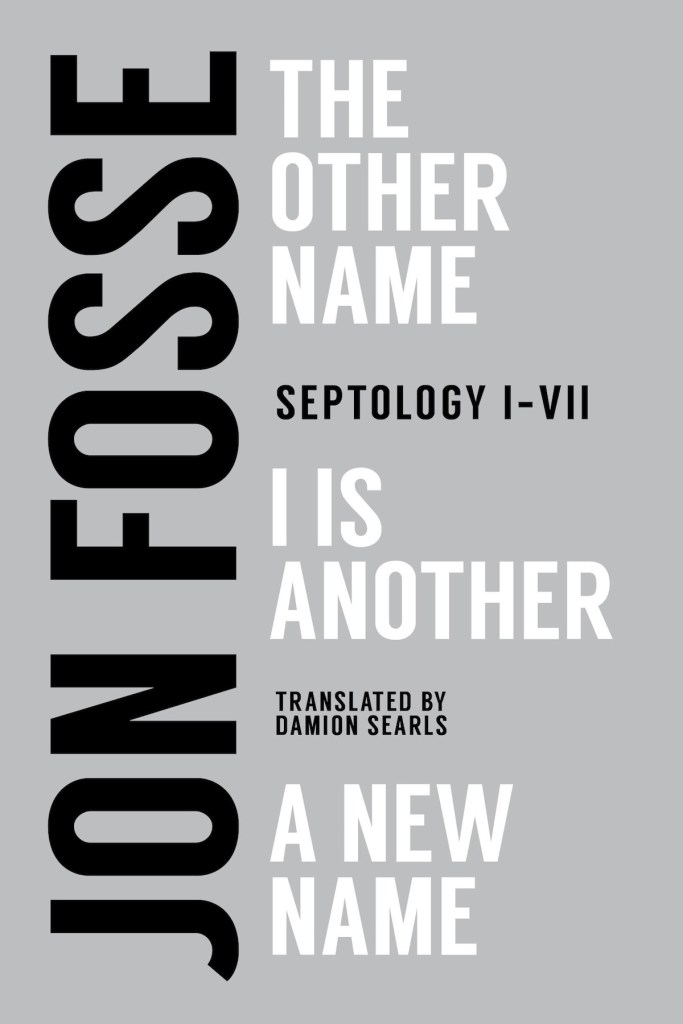
After finishing Jon Fosse’s Septology, I was swept with the feeling of finishing a masterpiece. And it has been nagging at me, why? Usually, it comes to me so quickly, and I annoy my friends talking at length about the great book I’ve just finished. But this time, I was stumped. I can say what I like about it, but it comes out so plain. Through this essay, I intend to trace my journey into figuring out why this book is so great yet so simple. I will do so by sharing a couple of exercises, first the writing I did for Septology for the National Translation Award given by the American Literary Translator’s Association, then a delve into a word that is so often used when talking about this book.
My first foray into understanding this book was in doing an expert reader’s report for the ALTA NTA. This award is given for the quality of the translation itself, so the focus was on the Nynorsk of the original and the translation into English. I wrote about the difficulty of translating a simple, repetitive book. Each time a word is repeated, a translator takes note of the possible changes of the word. For the intentions of this essay, I will be referring to the English translation by Damion Searls appearing for both Fitzcarraldo and Transit Books. Both the English and the Norwegian have a hypnotic rhythm that feels situated in Western Norway and in the universal experience of the mind. That quality is retained even as the protagonist flits between past and present, or himself and another painter named Asle. Through simple activities such as painting, fishing, driving, or remembering, we are carried on by an instinctual, hypnotic style.
A discussion of this text, and certainly its translation, must begin by mentioning its most glaring quality, that it has no periods. Immediately, the translator is tackling something new. Not every stylistic decision needs to be carried across languages, but here it is essential. In Septology, this feature gives the book its unique rhythm. Leaving out periods puts the rhythm at the discretion of the writer rather than the reader. While this book is simple in its diction and details, it is the structure and stylistic decisions that make it challenging.
Fosse’s Septology is largely repeating phrases, characters, memories, prayers, and internal dialogue. The translator is tasked with finding a voice that does not irritate as it is repeated across a rather long book. When a word is used once in translation, it only needs to capture the denotation that one time. In this minimalist endeavor, that one word must cover each usage. Searls does this by keeping the diction simple and tight. As words take on new meaning, the translator must either stay true to their original choice or decide to go back and change each instance of the word. An example follows:
“Guds mørker, ja dette ingenting, ja det lyser, ja det er frå Guds mørker at lyset kjem, det usynlege lyset, tenkjer eg og eg tenkjer at alt saman vel berre er noko eg har fått føre meg, ja sjølvsagt, tenkjer eg og eg tenkjer at samstundes er dette lyset som ei skodde, for også ei skodde kan lysa, ja om det er eit godt bilete så er det anten som om det er eit lysande mørker eller ei lysande skodde i biletet, eller som kjem ifrå biletet, ja slik er det, tenkjer eg, og utan dette lyset, ja då er det eit dårleg bilete, men eigentleg kan ikkje lyset sjåast”
“God’s darkness, yes, that nothingness, yes, it shines, yes, it’s from God’s darkness that the light comes, the invisible light, I think and I think that this is all just something I’ve thought up, yes, obviously, I think and I think that at the same time this light is like a fog, because a fog can shine too, yes, if it’s a good picture then there’s something like a shining darkness or a shining fog either in it, in the picture, or coming from the picture, yes, that’s what it’s like, I think, and without this light, yes, then it’s a bad picture, but actually there’s no light you can see”
I include this passage and its translation as a small example of what Fosse is doing on a macro scale throughout the book. Here, “light” is repeated and changes meaning incrementally each time. Obviously, Searls can’t include “lighting” or “lightening” for “lysande” but “shining” still works lexically. Fosse also does this with characters and place names; each repetition asks the translator “did you pick the right word?” This may seem like a simple translation challenge, but when a word appears eight times on a page, it becomes an ad nauseum challenge. I applaud Searls for the ability to stick with his decisions.
I now include a famous example in Norwegian translation, that of Olav H. Hauge’s “Ir,” here translated as “Anxiety” by Olav Grinde:
Anxiety
There’s nervous energy in everything now: anxiety in
the sunlight,
anxiety in the stars, anxiety in the earth, anxiety
in the grass, the hornet’s nest, tension
in both men and women, friction
in cars, planes and wires,
a charge in the stove,
the coffeepot,
the cat –
jolt, jolt, jolt,
there’s current
in everything one touches,
Olai claims.
That’s why he stands in rubber boots,
digging himself down
to the blue clay, the cold water.
And in the original:
Ir
Det er ir i alt no: ir i solskinet,
ir i sterjnone, ir i marki, ir
i graset, ir i kvefsebóli, ir
i kvinnfolk og karar, ir
i bilar, fly og ledningar,
ir i omnen,
ir i kaffikjelen,
Ir i katten –
ir, ir, ir,
Det er ir
i alt ein tek i,
påstår Olai.
Difor stend han I gummistøvlar
og grev seg ned
på blåleire og kaldvatn.
I want to share this poem and its translation because it parallels a quandary in translating Septology. The text contains recurring phrases, characters, events, and place, not for the sake of being experimental, but rather to illuminate the protagonist’s mind, memory, and dealings. In Hauge’s “Ir” the word contains every meaning that Grinde has chosen in the translation “Anxiety.” We can intuit the word “ir” by its collected usages, but we have no equivalent, it is a buzzing, a jolt, a zap, but each use of the word makes us reassess it. Septology is full of this, and meaning is added on each time. It is constructed this way in both its diction and its seven-book format, each book starting with Asle staring at a particular painting and ending with him praying the rosary. Even that rosary is treated this way, first mentioned as a tool, then more and more stories about the rosary add meaning to the object. As the book rolls on, every repeated element in Asle’s life becomes more beautiful.
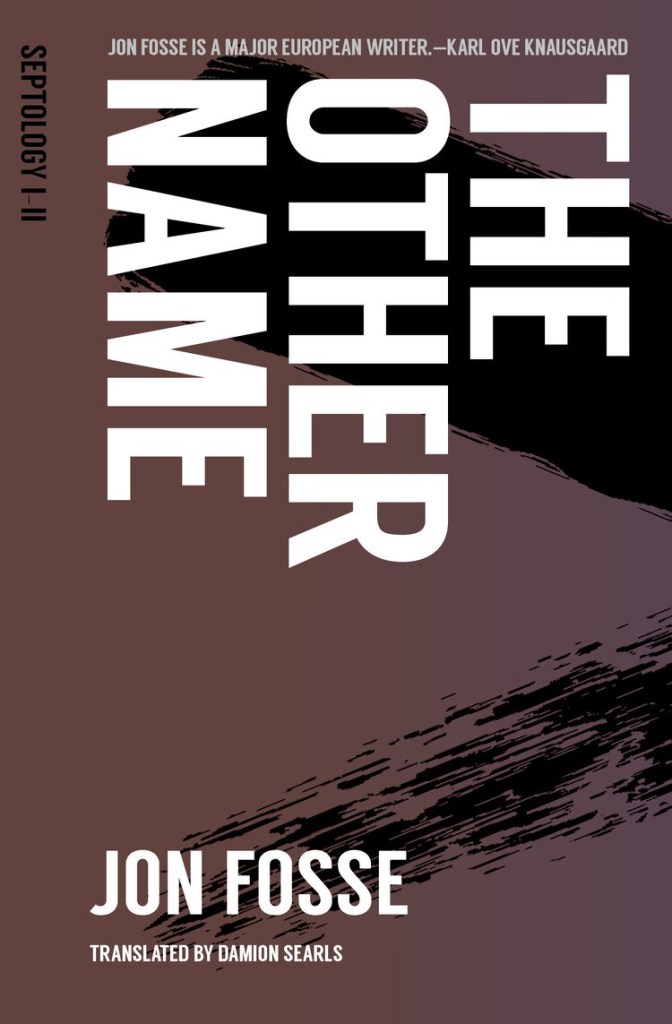
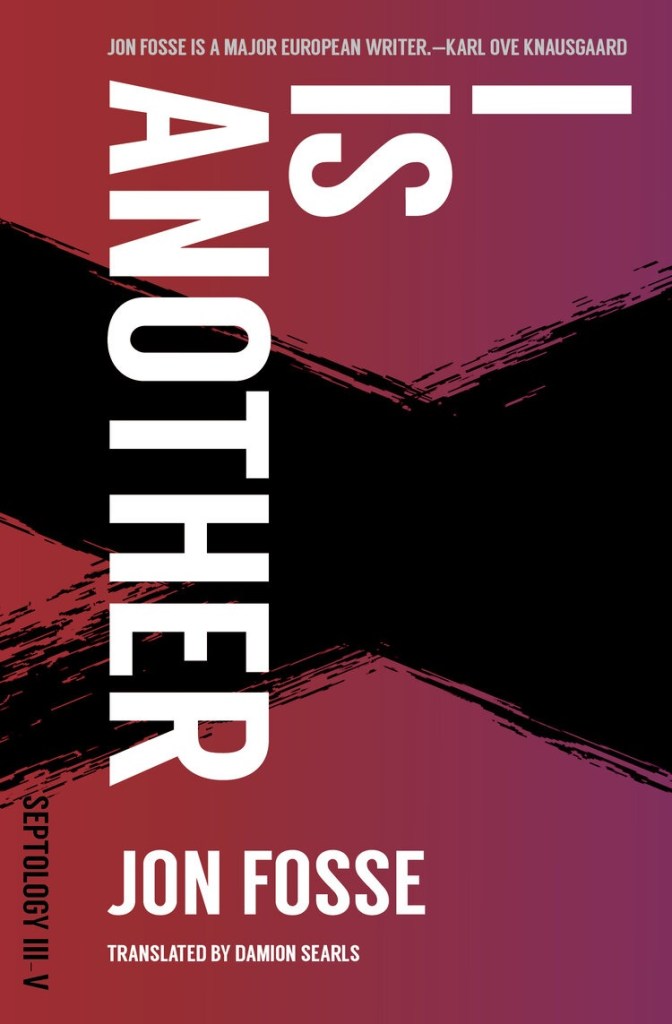
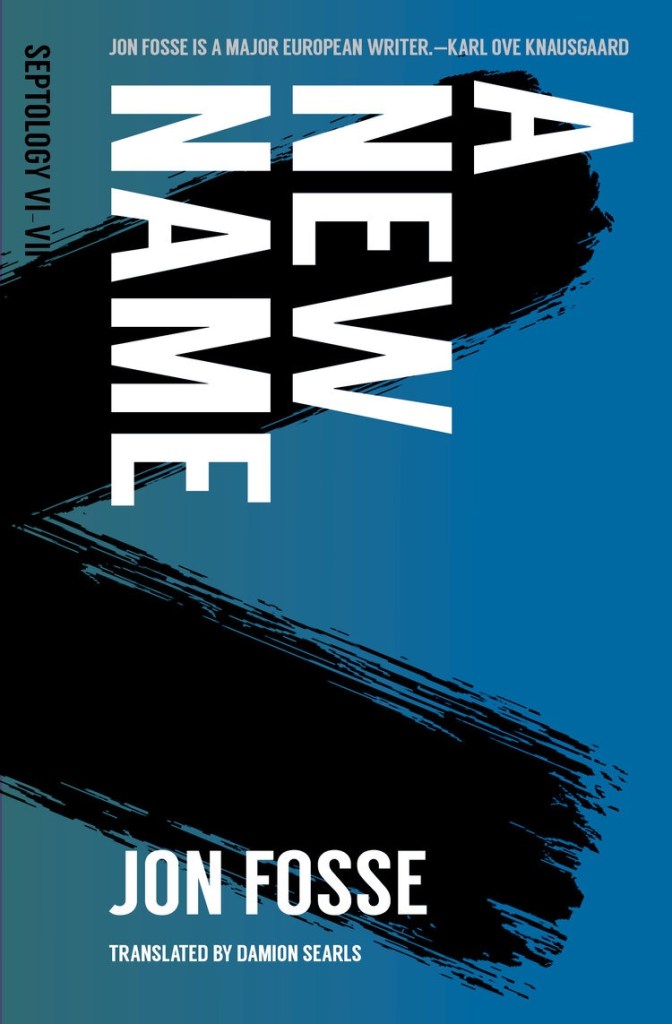
In a light perusal of the book online, many descriptions contain the word “fugue.” I’d like to spend some time on this word questioning its appropriateness to better understand Septology. First, several instances of the word fugue:
“The overall theme of a “shining darkness”, referring to Asle’s painting, his losses and his faith, is used to illuminate the fugue state of being.” Catherine Taylor, The Guardian, “The Other Name: Septology I-II by Jon Fosse review – a momentous project begins” Nov 2019
“At times while reading the first two books of Septology, I walked around in a fugue-like state, wondering what it was that I was reading, exactly.” Ruth Margalit, The New York Review, “The Mystical Realist,” Sept 2021
“The words are relatively simple but there is a wonderful music in it a bit like a lullaby for a grown-up, a bit like a fugue.” Katia N., Goodreads Review, May 2020
To see if this is a valid term for this book, I want to connect Septology’s structure and the definition of a fugue. It is absolutely a practice of translation, using a word from a different medium to describe another, here music terminology being used for literature. But is fugue the right word for Septology? The reviewers above are using multiple meanings of the word to describe multiple qualities of the book. It is used to describe both the feeling that the book evokes as well as the structure of the entire text. Here follows the online Merriam-Webster definition of fugue:
fugue – noun \ ˈfyüg
1: a musical composition in which one or two themes are repeated or imitated by successively entering voices and contrapuntally developed in a continuous interweaving of the voice parts
2: something that resembles a fugue especially in interweaving repetitive elements
3: a disturbed state of consciousness in which the one affected seems to perform acts in full awareness but upon recovery cannot recollect the acts performed
“Contrapuntal development,” that being two or more independent melodic lines, is one of the tools the book uses. The first point of intrigue in Septology is the doppelgänger Asle, who is also a painter, is also poor, goes to the same school and all their parallel details. They are a double helix throughout the book and the reader sees how differently two lives can go even if the starting points are nearly identical. “Interweaving repetitive elements” is a great description of the book; as the repeated elements are rearranged, they knit a strong fabric of meaning. The book is a warm blanket of memory and routine. I was also unaware of the “fugue state” beforehand, something that speaks to the hypnotic qualities of the book. The absorbing quality of a book without periods, mixed with a simple rolling style lulls the reader into Asle’s rhythm. The lack of remembering what has happened while in a fugue state is akin to my own reason for writing this essay; I was shocked after finishing it that I couldn’t put into words what made this book so excellent.
As the fugue is primarily a compositional tool, connecting musical fugues to the structure of the book is in order. The following quotes are taken from the English Wikipedia entry for Fugue. “Most fugues open with a short main theme, the subject, which then sounds successively in each voice (after the first voice is finished stating the subject, a second voice repeats the subject at a different pitch, and other voices repeat in the same way); when each voice has completed the subject, the exposition is complete.” All 7 books of Septology begin and end in the same way: they open with Asle staring at “the picture with the two lines that cross in the middle” and end with him praying the rosary (except the 7th book does not begin with him staring at the painting). There are not multiple voices in this book beyond Asle’s internal dialogue and what he recounts others as saying. The cross painting is an important, mysterious theme that certainly recurs and gathers meaning. The only other character who sees the painting is the neighbor Åsleik. It is difficult to say if the painting is the “main theme.” But, like most repeating elements of the book, it changes ever so slightly each time they are mentioned, highlighting the untouchable, unknowable quality of both words and life.
“This is often followed by a connecting passage, or episode, developed from previously heard material; further ‘entries’ of the subject then are heard in related keys.” This is essential to Septology’s structure: after each nostalgic scene, we are grounded in familiar elements, such as Asle’s chair, Bragi the dog, or Asle’s “spot” out in the water. The structure of the book is fugue-like in that we are brought back to previously used material to create a base from which we relaunch.
“Episodes (if applicable) and entries are usually alternated until the ‘final entry’ of the subject, by which point the music has returned to the opening key, or tonic, which is often followed by closing material, the coda.” If the 7 books of Septology are each an episode, and the coda is the culmination of the plot, then the coda is the final moment of praying the rosary at Guro’s house on Christmas Eve. “In this sense, a fugue is a style of composition, rather than a fixed structure.” I believe the takeaway is that it is more accurate to say the structure of Septology is in the style of a fugue.
Borrowing music words for literary purposes is a tricky game. While we do have a free usage of the word fugue across media, I believe that the word is accurate. The qualities, the structure and the emotional experience of the book all deserve to be considered fuguelike.

Septology’s simplistic diction is one of the main reasons that I am stumped while talking about the beauty of this book. Skimming it, you can see that it has an incredibly limited vocabulary. I believe that Septology should be celebrated for its achievement in limitation, putting it on the opposite end of the spectrum from a book like Ulysses. To give an idea of just how different these two books are, Septology has 292,302 total words with only 6,606 unique words in it, while Ulysses has 33,733 unique words across 264,977 total. There are certainly two forms of elegance at play here: Ulysses has a staggering, impressive quality where Septology is a warm bath, a deep sleep. They both illustrate the vortex of the mind, the impossibility of living in the moment.
I am of the camp that believes that we should celebrate accomplishments in simplicity. Just as Ulysses was a rock through the glass in its extreme maximalism, Septology also takes a bold stance on the stage of literary style. As Kevin Barnes says: “To live beneath language, or far above, it’s really not that different.” Both ends are rebellious and brave. To be clear, I am not saying that Septology is as important as Ulysses, rather that they occupy opposite sides of variance in diction. I hope that we can appreciate quiet voices just as much as we do loud ones. Asle is a thoughtful voice and his life is full of quandaries, wisdom, and warm memories. While Septology is not a wild romp through a booze-drenched European capital, I think it is still an exquisite work of literature. Finally, in English translation, we have a masterful book with narrow diction that still hits literary hallmarks like being fuguelike and nominated for major awards.
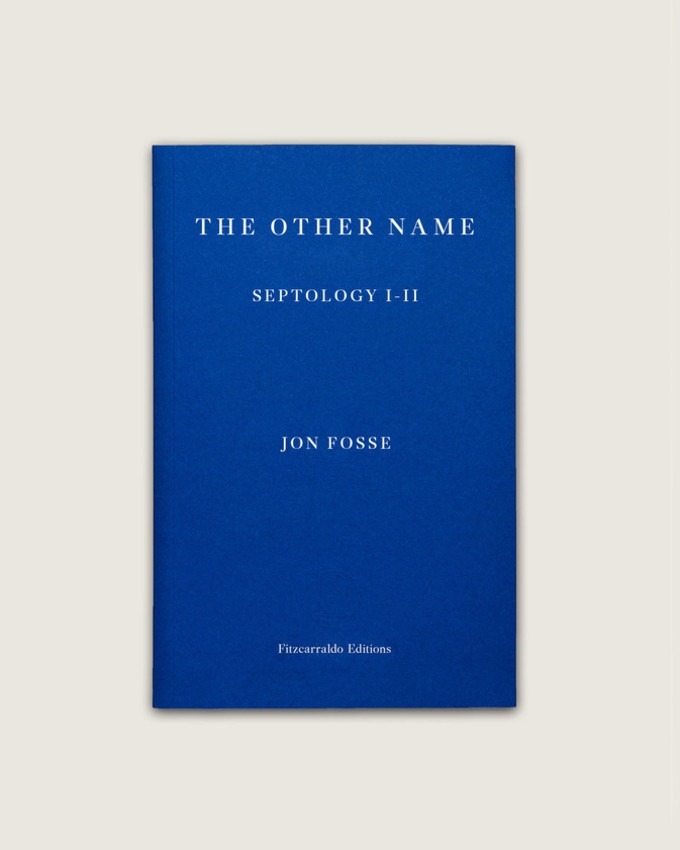

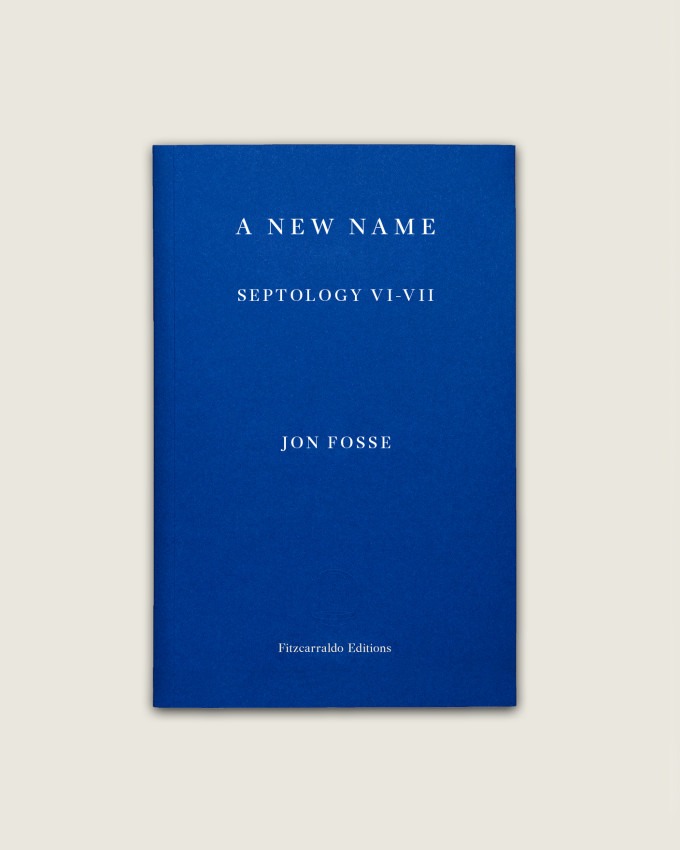
Works Cited:
Dikt i Samling av Olav H. Hauge – Samlaget 1973
Luminous Spaces: Olav H. Hauge: Selected Poems & Journals – tr. Olav Grinde – White Pine Press 2016
Septologien by Jon Fosse – Samlaget 2019
Ulysses by James Joyce – Project Gutenberg
The Other Name – Jon Fosse tr. Damion Searls – Fitzcarraldo 2019 / Transit Books 2020
I is Another – Jon Fosse tr. Damion Searls – Fitzcarraldo 2020 / Transit Books 2021
A New Name – Jon Fosse tr. Damion Searls – Fitzcarraldo 2021 / Transit Books 2022
Catherine Taylor, The Guardian, “The Other Name: Septology I-II by Jon Fosse review – a momentous project begins” Nov 2019
Ruth Margalit, The New York Review, “The Mystical Realist,” Sept 2021
Katia N., Goodreads Review, May 2020
Thanks to:
Grant Andersen for textual data, the ALTA folks, Lucy at Fitzcarraldo, Liza St. James at Transit Books, and Olav Grinde

Jordan Barger is a translator currently attending the Literary Translation MFA at the University of Iowa. Translations can be found in The Brooklyn Rail, FENCE, Circumference, Poetry Magazine and The Poetry Review.

